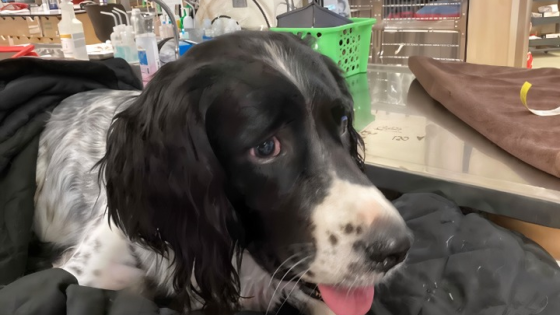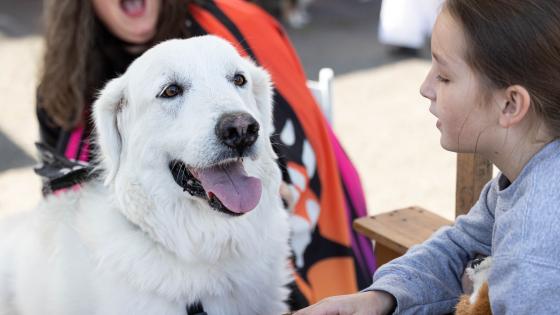
Echocardiograms for Dogs and Cats
What Is an Echocardiogram, and Why Might My Pet Need One?
An echocardiogram, or cardiac ultrasound, is a non-invasive imaging tool that allows a veterinary cardiologist to assess your pet's heart in real-time. It uses high-frequency sound waves to create detailed images of the heart’s structure and function. Your veterinarian may recommend an echocardiogram if an abnormality is detected on an X-ray, or if your pet shows signs of heart disease, such as coughing, difficulty breathing, fainting, or the presence of a heart murmur.
How Does an Echocardiogram Help My Pet?
By producing live images of the heart, an echocardiogram helps veterinary cardiologists evaluate:
- Heart size – Detecting enlargement, which may indicate disease
- Wall thickness – Assessing for abnormalities that could impact heart function
- Heart shape – Identifying structural issues
- Pumping efficiency – Measuring how well the heart circulates blood
Heart disease in pets can develop gradually, often without noticeable symptoms at first. An echocardiogram provides critical insights that can allow for early detection, ensuring your pet receives the best possible care.
What Can an Echocardiogram Detect?
This diagnostic tool can help identify a wide range of heart conditions, including:
- Cardiac arrhythmias (irregular heartbeats)
- Congestive heart failure (fluid buildup due to poor heart function)
- Heart murmurs (abnormal blood flow sounds)
- Congenital heart defects (present at birth and may require treatment)
- Valve abnormalities or damage
- Pericardial disease (issues affecting the sac surrounding the heart)
- Blood clots or abnormal blood flow patterns
Echocardiograms are often a crucial step in diagnosing heart disease, guiding treatment plans, and improving your pet’s quality of life.
What Happens During an Echocardiogram?
The procedure is painless for pets. Your pet will lie on its side while a veterinary cardiologist applies a small amount of ultrasound gel to the chest. In some cases, a small area of fur may be shaved to ensure clear imaging. A handheld probe (transducer) is then gently moved across the chest, emitting sound waves that create images of the heart on a screen. These images allow the veterinary cardiology team to evaluate heart function and detect any abnormalities.
With the information gained from an echocardiogram, your pet’s veterinary cardiologist can develop a tailored treatment plan, providing the best possible care for your companion.
Schedule an appointment with DoveLewis Cardiology in Portland, Oregon
Recent Posts
Halloween Pet Safety Tips
Fright night might be fun for humans, but it can be frightfully scary—and even dangerous—for pets. Veterinarians at DoveLewis want to remind pet owners to be mindful of the various ways Halloween can pose a threat to animals.
Fall Into Safety: Autumn Tips for Happy, Healthy Pets
As temperatures change and nature transforms, it's important to ensure the safety and comfort of your four-legged companions. Check out our list of autumn pet safety tips to keep tails wagging and whiskers twitching during the changing season.



